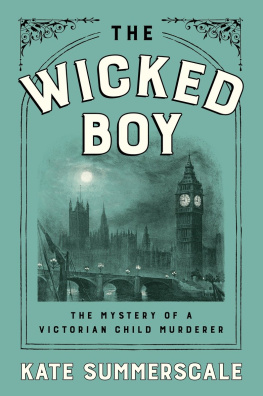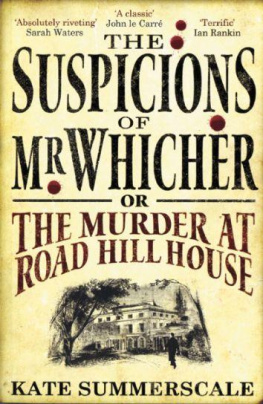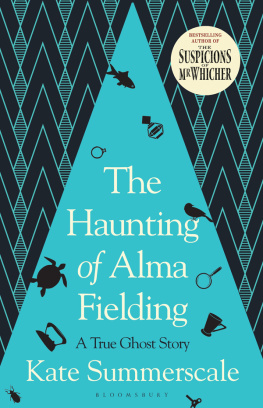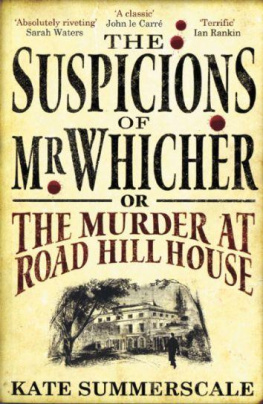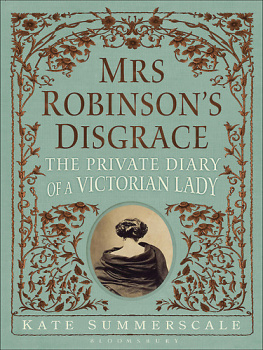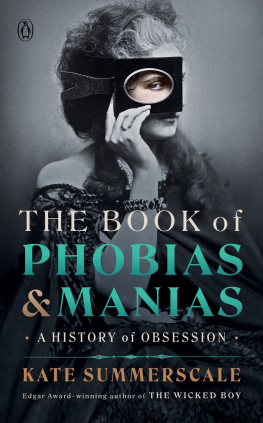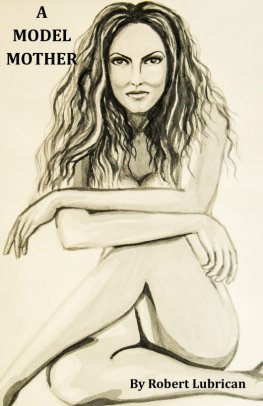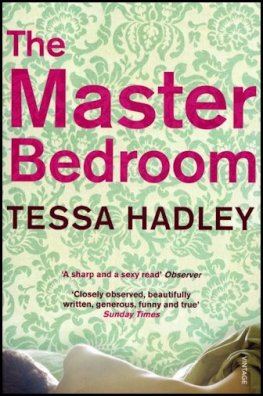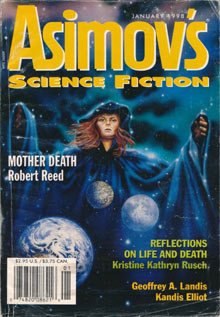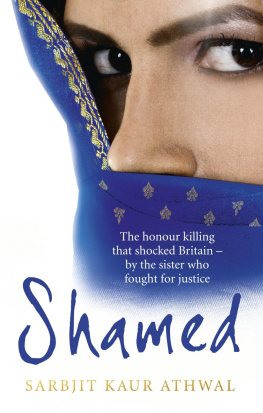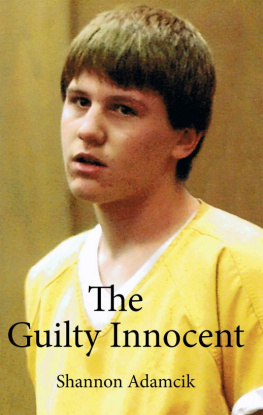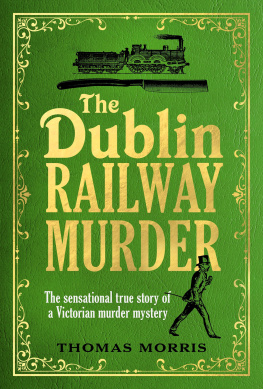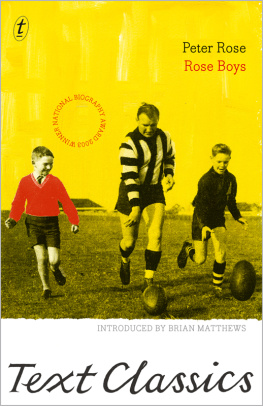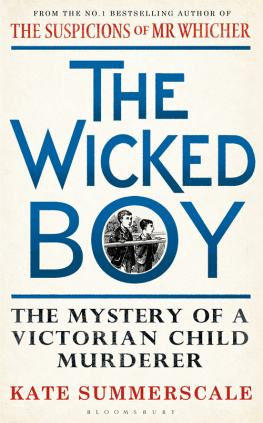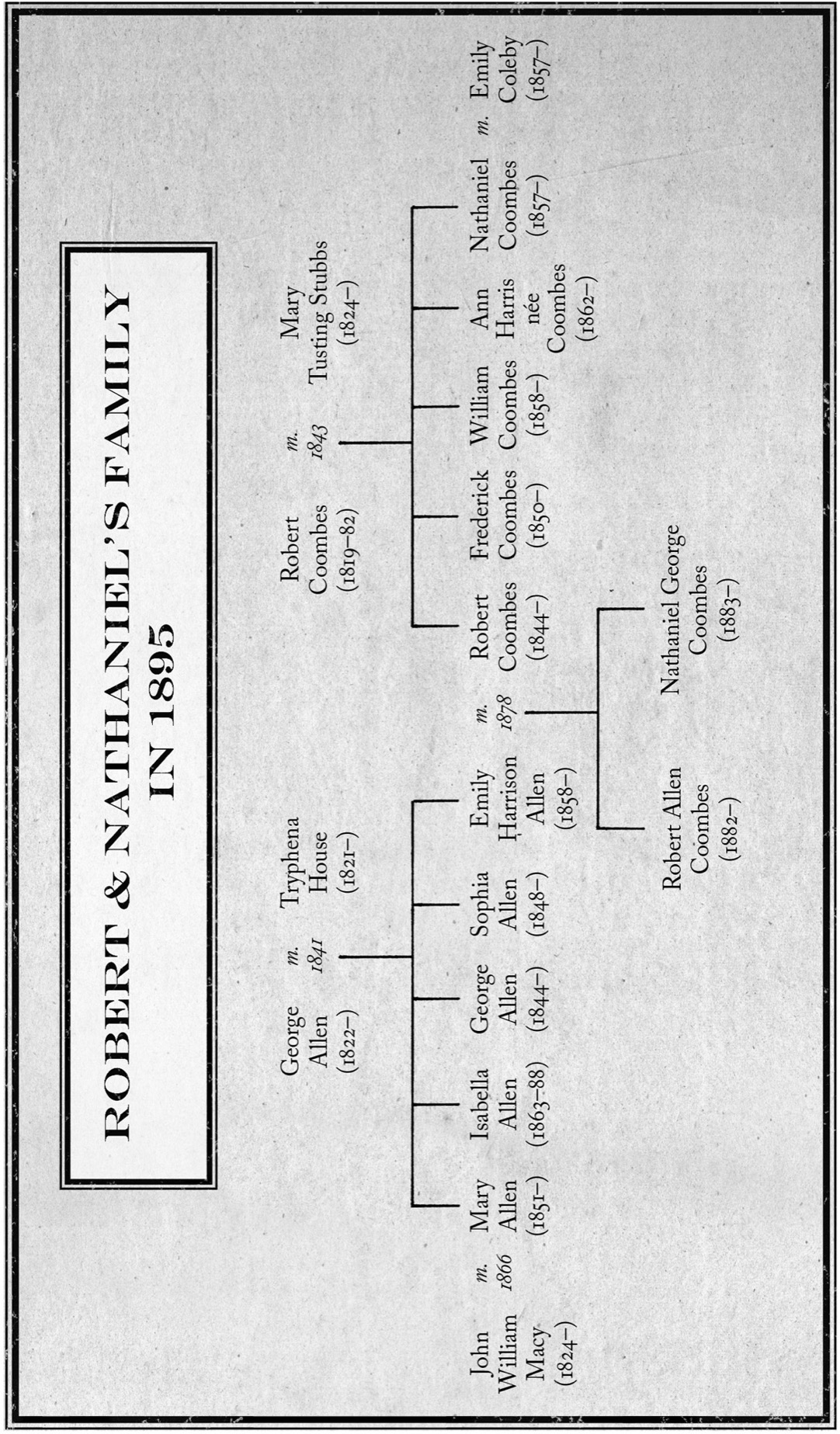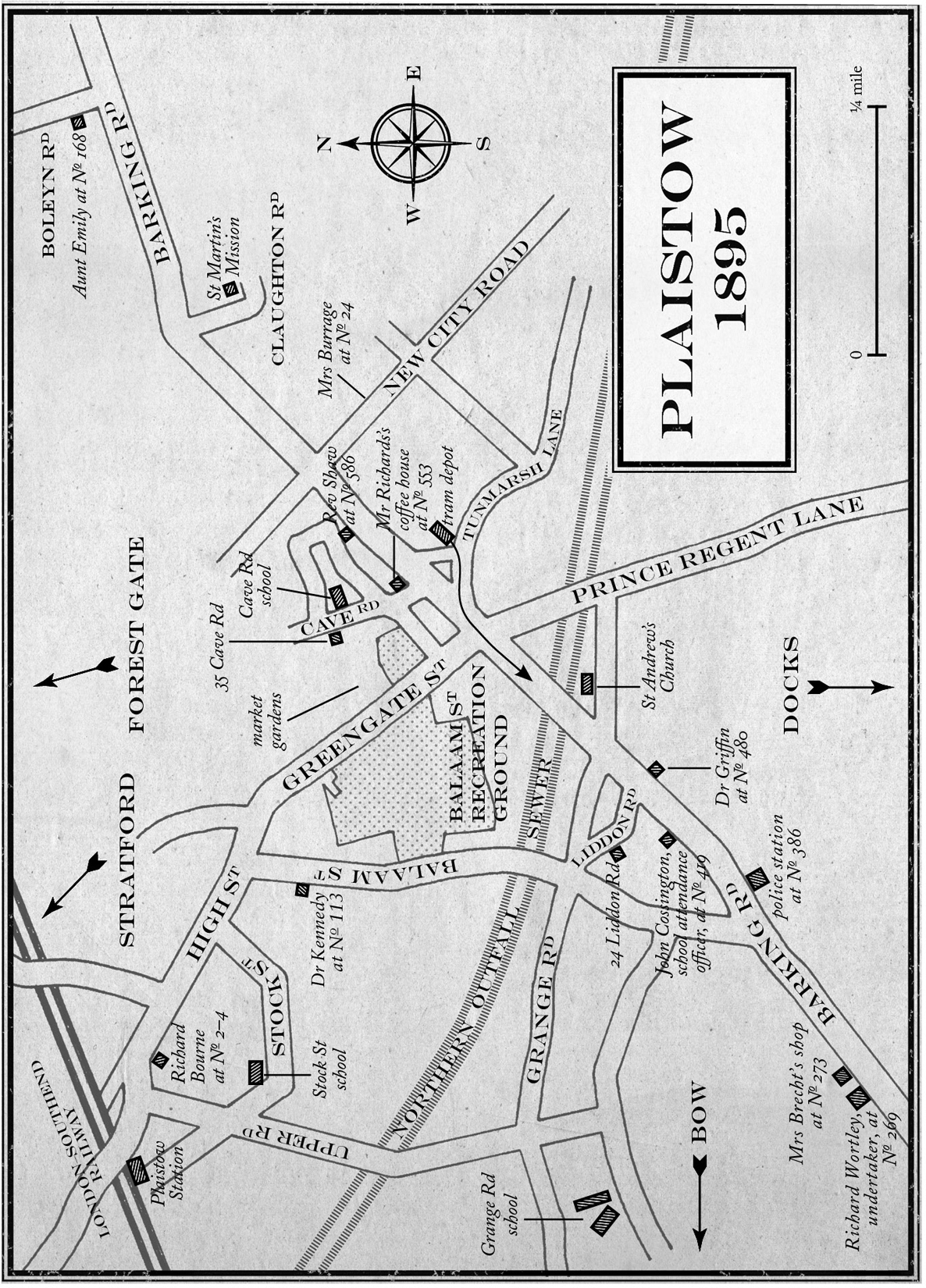Kate Summerscale - The Wicked Boy: The Mystery of a Victorian Child Murderer
Here you can read online Kate Summerscale - The Wicked Boy: The Mystery of a Victorian Child Murderer full text of the book (entire story) in english for free. Download pdf and epub, get meaning, cover and reviews about this ebook. year: 2016, publisher: Penguin Press, genre: Detective and thriller. Description of the work, (preface) as well as reviews are available. Best literature library LitArk.com created for fans of good reading and offers a wide selection of genres:
Romance novel
Science fiction
Adventure
Detective
Science
History
Home and family
Prose
Art
Politics
Computer
Non-fiction
Religion
Business
Children
Humor
Choose a favorite category and find really read worthwhile books. Enjoy immersion in the world of imagination, feel the emotions of the characters or learn something new for yourself, make an fascinating discovery.
- Book:The Wicked Boy: The Mystery of a Victorian Child Murderer
- Author:
- Publisher:Penguin Press
- Genre:
- Year:2016
- Rating:5 / 5
- Favourites:Add to favourites
- Your mark:
The Wicked Boy: The Mystery of a Victorian Child Murderer: summary, description and annotation
We offer to read an annotation, description, summary or preface (depends on what the author of the book "The Wicked Boy: The Mystery of a Victorian Child Murderer" wrote himself). If you haven't found the necessary information about the book — write in the comments, we will try to find it.
In the summer of 1895, Robert Coombes (age 13) and his brother Nattie (age 12) were seen spending lavishly around the docklands of East London -- for ten days in July, they ate out at coffee houses and took trips to the seaside and the theater. The boys told neighbors they had been left home alone while their mother visited family in Liverpool, but their aunt was suspicious. When she eventually forced the brothers to open the house to her, she found the badly decomposed body of their mother in a bedroom upstairs. Robert and Nattie were arrested for matricide and sent for trial at the Old Bailey.
Robert confessed to having stabbed his mother, but his lawyers argued that he was insane. Nattie struck a plea and gave evidence against his brother. The court heard testimony about Roberts severe headaches, his fascination with violent criminals and his passion for penny dreadfuls, the pulp fiction of the day. He seemed to feel no remorse for what he had done, and neither the prosecution nor the defense could find a motive for the murder. The judge sentenced the thirteen-year-old to detention in Broadmoor, the most infamous criminal lunatic asylum in the land. Yet Broadmoor turned out to be the beginning of a new life for Robert--one that would have profoundly shocked anyone who thought they understood the Wicked Boy.
At a time of great tumult and uncertainty, Robert Coombess case crystallized contemporary anxieties about the education of the working classes, the dangers of pulp fiction, and evolving theories of criminality, childhood, and insanity. With riveting detail and rich atmosphere, Kate Summerscale recreates this terrible crime and its aftermath, uncovering an extraordinary story of mans capacity to overcome the past.
Kate Summerscale: author's other books
Who wrote The Wicked Boy: The Mystery of a Victorian Child Murderer? Find out the surname, the name of the author of the book and a list of all author's works by series.

